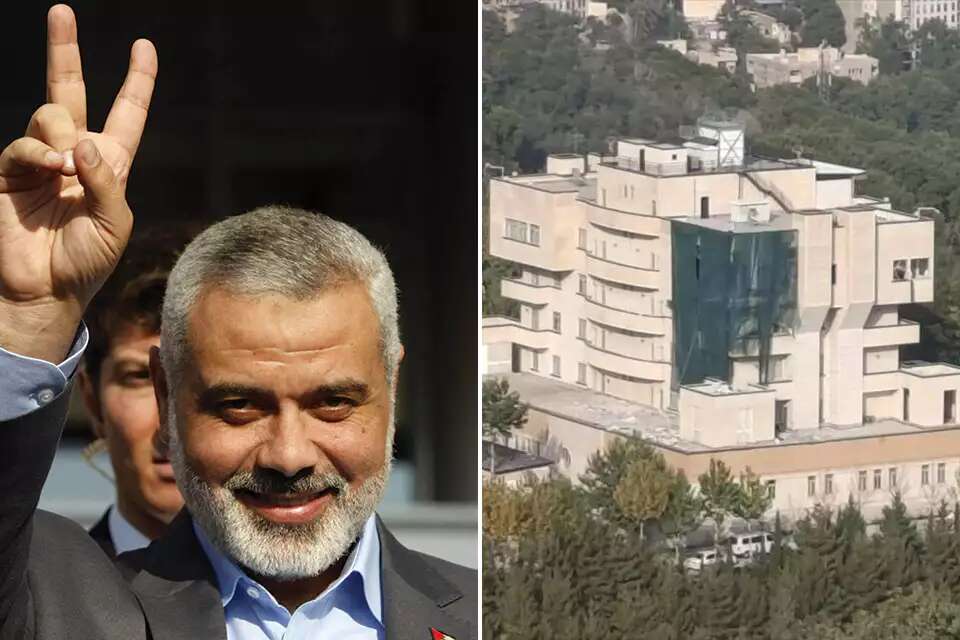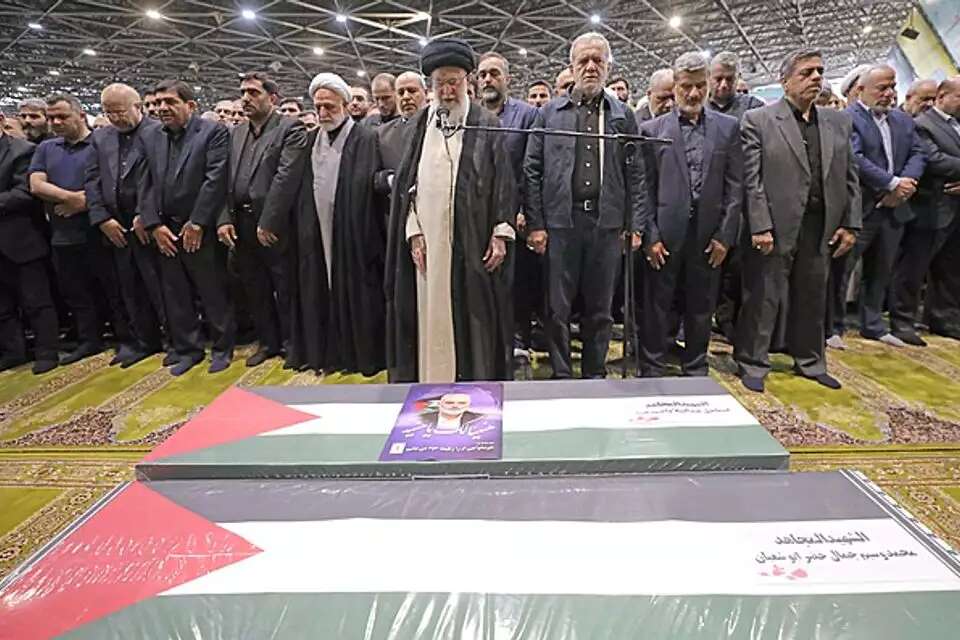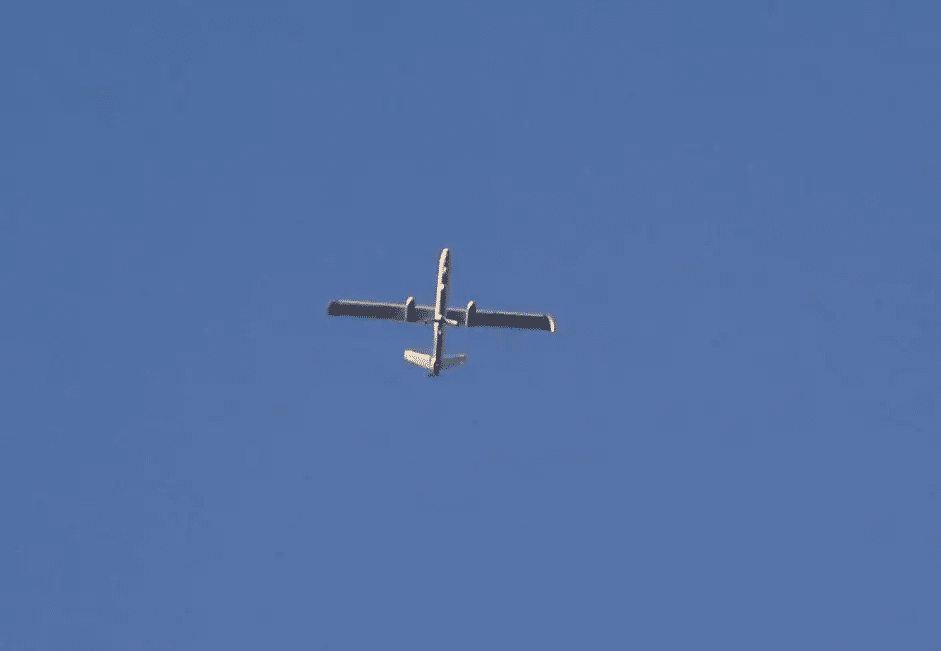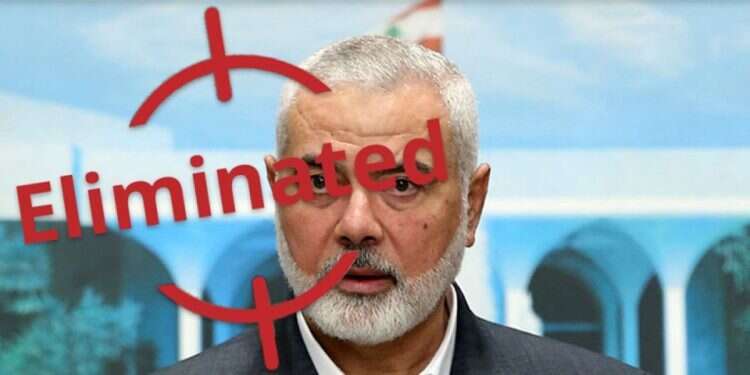Where to strike?
Tehran is home to about 8.6 million residents, spread over an area of approximately 680 square kilometers – less than twice the size of the Gaza Strip. Many symbols of the regime are located in and around the city, creating an excellent backdrop that enhances the impact of any operation. Remember, eliminating a senior terrorist isn't just about removing a high-ranking figure from their organization; it's also about sending a deterrent message to the rest of the group. The psychological effect is significant, and can be amplified by choosing the right location.
In the suburbs of Iran lies the mausoleum of Ruhollah Khomeini, the founder of the Islamic Republic. The magnificent structure is an important symbol of the regime. Any action within its grounds would be a blow to the Iranian authorities, especially if a senior figure were eliminated there.
But let's assume that Iran's suburbs are too far. What's in the city center? The Azadi Tower is an iconic structure representing the "gateway" to Tehran. The tower is surrounded by a large square, where political rallies are often held – somewhat similar to the area around the Bridge of Strings in Jerusalem. The city center also hosts government buildings, including the parliament building. However, the planners of the assassination need to be cautious: choosing a sensitive site could turn a targeted killing, even a minor one, into a cause for war.

Who to eliminate?
Since the outbreak of the Swords of Iron War, a plethora of terrorists have been flocking to Tehran to consult with Supreme Leader Ali Khamenei, coordinating their actions against Israel. There, you can find members of Hamas, Palestinian Islamic Jihad, the Houthis, and of course, senior officials of the Revolutionary Guards, especially the Quds Force. One of the most prominent terrorists visiting Iran is Ziad al-Nakhalah, secretary-general of the Palestinian Islamic Jihad. It's likely that Ismail Haniyeh's successor will eventually make his way to Tehran as well. Perhaps his first visit will also be his last?

From the sea, air, or land?
In the past, means of assassinating a senior figure were limited and involved risk. Using poison, an arrow, or a dagger required proximity to the target, which could, of course, lead to the assassin's capture. But the information revolution has changed all of this. Today, countries can deploy various means to pursue their enemies, sometimes with complete secrecy until the moment of impact. For example, launching a cruise missile from a submarine in the Persian Gulf is a discreet method that poses minimal risk to friendly assets. The missile flies at a low altitude, avoiding radar detection, and can follow a complex path over hundreds of kilometers until it reaches its target – which can be as small as a window in a specific guesthouse in Tehran.
Another method is, of course, an aerial strike, using precision missiles or guided bombs. Today, such munitions can even be dropped from unmanned aircraft, some of which boast flight ranges of thousands of kilometers. Sometimes the UAV is small enough to evade air defense systems.
A third method is sending an action team to the area. The assassins can use more traditional means – like a bomb under the bed, inside a phone, or in the back of a chair – or more advanced tools, like drones. These tiny devices can be placed near the target area, allowing the team to locate and attack it. Today, due to advances in artificial intelligence, the drone can even independently identify the assassination target.

A traitor is needed
No matter the chosen method – high-quality, reliable, and sometimes continuous intelligence is essential for the mission's success. Every person is unique, and no arch-villain is like another. You wouldn't want to launch missiles from the Arabian Sea only to eliminate the cleaning staff who entered the target's room while they were outside. Intelligence is crucial for locating the target, confirming their presence at the strike site, and verifying the hit and its results.
Fortunately, the Iranian regime is likely full of traitors just waiting for an opportunity. Some have ideological reasons, while others are driven by economic motives. The Islamic Revolution, which began with a promise to liberate the oppressed, has become an oppressor itself. Many Iranians are not religious, certainly not as devout as the revolution demands. They are spiritually, politically, and economically oppressed due to the regime's priorities, which invest heavily in Syria, Lebanon, and Yemen instead of Iran's water and electricity infrastructure.
Economic hardship is a fertile ground for exploitation. Offer someone in a key position a few thousand dollars, perhaps a promise of a foreign passport and a safe escape route from Iran, and you might have a traitor within the regime. But be careful – the Iranian authorities are experienced in detecting traitors and informers. Do not underestimate the ayatollahs' counterintelligence capabilities.




